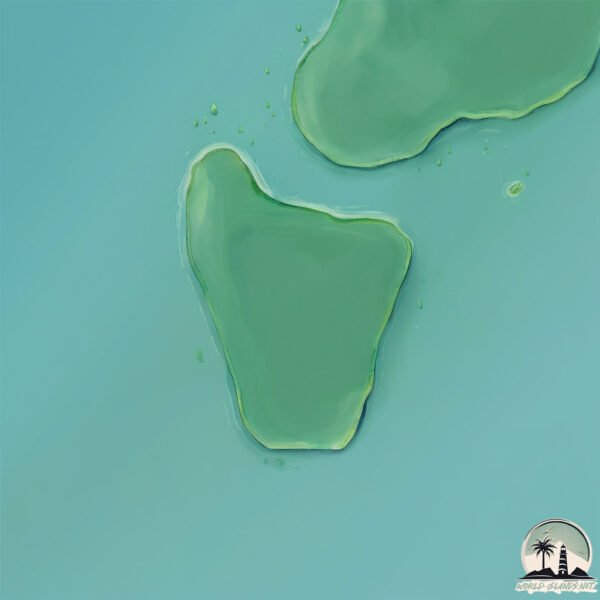Negro Head

Welcome to Negro Head, a Tropical island in the Caribbean Sea, part of the majestic Atlantic Ocean. This guide offers a comprehensive overview of what makes Negro Head unique – from its geography and climate to its population, infrastructure, and beyond. Dive into the details:
- Geography and Size: Explore the island’s size and location.
- Climate and Weather: Weather patterns and temperature.
- Topography and Nature: Uncover the natural wonders of the island.
- Infrastructure and Travelling: Insights on reaching, staying, and making the most of your visit.
- News and Headlines: Latest News.
Geography and size of Negro Head
Size: 0.121 km²
Coastline: 1.5 km
Ocean: Atlantic Ocean
Sea: Caribbean Sea
Continent: North America
Negro Head is a Tiny Island spanning 0.121 km² with a coastline of 1.5 km.
Archipel: –
Tectonic Plate: North America – Covers North America and parts of the Atlantic and Arctic Oceans, characterized by diverse geological features and varying levels of seismic activity.
The geographic heart of the island is pinpointed at these coordinates:
Latitude: 17.25528594 / Longitude: -88.09031131
Climate and weather of Negro Head
Climate Zone: Tropical
Climate Details: Tropical Monsoon Climate
Temperature: Hot
Climate Characteristics: Characterized by heavy rainfall, high humidity, and uniformly high temperatures, but with a distinct short dry season. It features a seasonal reversal of prevailing wind directions.
Topography and nature of Negro Head
Timezone: UTC-06:00
Timezone places: America/Chicago
Max. Elevation: -2 m
Mean Elevation: -2 m
Vegetation: Mangrove Forest
Tree Coverage: 90%
The mean elevation is -2 m. Remarkably, this unique island barely emerges above the sea level, showcasing nature’s fascinating interplay with the ocean. The island is characterized by Plains: Flat, low-lying lands characterized by a maximum elevation of up to 200 meters. On islands, plains are typically coastal lowlands or central flat areas.
Dominating Vegetation: Mangrove Forest
Found in coastal areas and river deltas, these unique wetland ecosystems are adapted to saline conditions and are crucial for coastal protection and biodiversity. Negro Head has a tree cover of 90 %.
Vegetation: 1 vegetation zones – Minimal Diversity Island
These islands exhibit the most basic level of ecological diversity, often characterized by a single dominant vegetation type. This could be due to extreme environmental conditions, limited land area, or significant human impact. They represent unique ecosystems where specific species have adapted to thrive in these singular environments.
Infrastructure and Travelling to Negro Head
Does the island have a public airport? no.
There is no public and scheduled airport on Negro Head. The nearest airport is Sir Barry Bowen Municipal Airport, located 31 km away.
Does the island have a major port? no.
There are no major ports on Negro Head. The closest major port is BELIZE CITY, approximately 29 km away.
The mean population of Negro Head is 49 per km². Negro Head is Gently Populated. The island belongs to Belize.
Continuing your journey, Drowned Cays is the next notable island, situated merely km away.
FREE NEGRO HEADS OF FAMILIES IN THE 1830



Belize is classified as Developing region: Regions characterized by lower income levels, with economies in the process of industrialization and modernization. The level of income is Lower middle income.
News – Latest Updates and Headlines from Negro Head
Stay informed with the most recent news and important headlines from Negro Head. Here’s a roundup of the latest developments.
Please note: The data used here has been primarily extracted from satellite readings. Deviations from exact values may occur, particularly regarding the height of elevations and population density. Land area and coastline measurements refer to average values at mean high tide.
